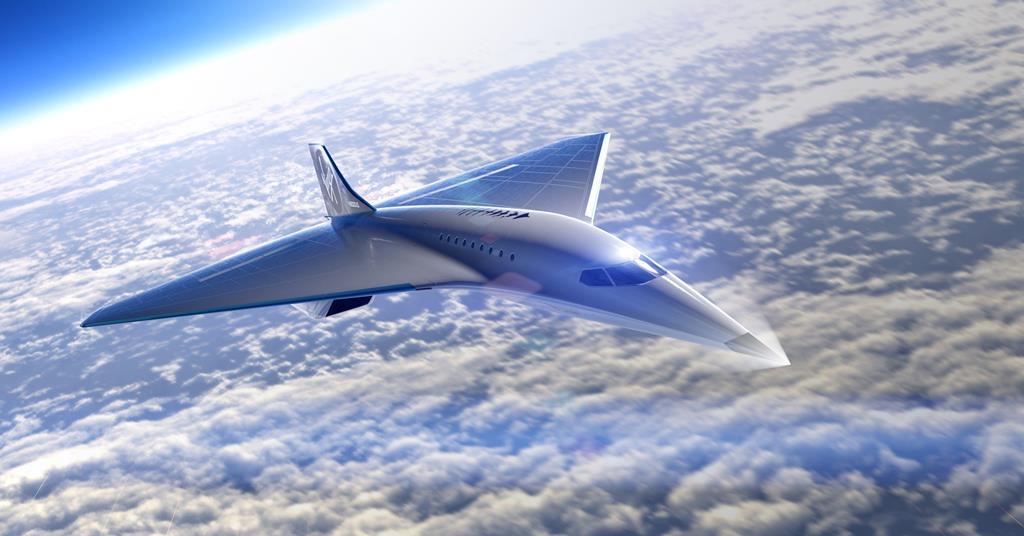Introduction
The dream of supersonic travel, once embodied by the iconic Concorde, is making a comeback.
As technology advances and the demand for faster global travel increases, the future of supersonic flights looks promising. This article delves into the evolution of supersonic travel, current developments, and what we can expect from the next generation of supersonic aircraft.
The Rise and Fall of Concorde
Concorde, the world’s first supersonic passenger jet, revolutionized air travel in the 20th century. Capable of flying at Mach 2 (twice the speed of sound), it could cross the Atlantic in just over three hours.
Despite its groundbreaking technology, Concorde faced significant challenges, including high operational costs, limited passenger capacity, and environmental concerns, leading to its retirement in 2003.
- Noise Pollution: The sonic boom generated by Concorde was a major environmental concern, limiting its routes to over-water flights.
- High Operating Costs: Fuel consumption and maintenance costs were significantly higher than those of subsonic jets, making flights expensive.
- Environmental Impact: Concerns about Concorde’s fuel efficiency and emissions contributed to its decline.
The Revival of Supersonic Travel
In recent years, the aviation industry has renewed its interest in supersonic travel, driven by advancements in technology and a growing demand for faster global connectivity.
Several companies and organizations are working on the next generation of supersonic aircraft, aiming to overcome the challenges that plagued Concorde.
1. Boom Supersonic
Boom Supersonic, a leading player in the industry, is developing the Overture, a commercial supersonic jet designed to fly at Mach 1.7. The Overture aims to carry up to 65 passengers and reduce travel time across the Atlantic to just 3.5 hours.
Key Innovations:
- Noise Reduction: Overture is designed to minimize sonic booms, allowing it to fly over populated areas without causing significant noise pollution.
- Sustainability: Boom Supersonic is committed to using sustainable aviation fuels (SAF) to reduce the environmental impact of supersonic flights.
- Cost-Effective Design: The Overture is being designed with cost efficiency in mind, aiming to offer ticket prices comparable to current business class fares.
2. NASA's X-59 QueSST
NASA is also in the race to bring back supersonic travel with its X-59 Quiet SuperSonic Technology (QueSST) aircraft. The X-59 is a research aircraft designed to test technologies that could enable quieter supersonic flights over land.
Key Innovations:
- Quiet Supersonic Technology: The X-59 is designed to produce a "soft thump" rather than a loud sonic boom, potentially allowing for supersonic flights over populated areas.
- Data Collection: NASA plans to use the X-59 to gather data that will inform future regulations on supersonic flight over land.
3. Aerion Supersonic
Aerion Supersonic was another company that aimed to revolutionize air travel with its AS2 supersonic business jet. Although Aerion ceased operations in 2021 due to financial difficulties, its work highlighted the potential for supersonic business travel, a niche market that remains attractive for future development.
The Future of Supersonic Flights
1. Reduced Travel Times
Supersonic jets like Boom's Overture and NASA's X-59 QueSST could drastically reduce travel times, making long-haul flights more efficient. This will be particularly beneficial for business travelers, allowing for more productive use of time.
2. Sustainable Aviation
With a focus on sustainability, the future of supersonic flights will likely incorporate the use of SAF and advanced materials to minimize the environmental impact. This aligns with the broader aviation industry's goal of reducing carbon emissions.
3. Expanded Routes
Advancements in noise reduction technology could enable supersonic flights over land, significantly expanding the potential routes for these aircraft. This would make supersonic travel accessible to a wider range of destinations and passengers.
4. Affordability
While supersonic travel has historically been associated with luxury, the next generation of aircraft aims to make it more accessible. By optimizing design and operations, companies like Boom Supersonic are working to offer competitive pricing that could bring supersonic travel within reach of more passengers.
Challenges Ahead
Despite the promising advancements, several challenges remain:
- Regulatory Hurdles: Governments and international aviation bodies will need to establish regulations for supersonic flights, particularly regarding noise and environmental impact.
- Infrastructure: Airports may need to upgrade their facilities to accommodate supersonic jets, including longer runways and specialized maintenance equipment.
- Market Demand: The success of supersonic travel will ultimately depend on market demand. While there is interest in faster travel, it remains to be seen whether it will be sufficient to sustain large-scale operations.
Conclusion
The future of supersonic flights is poised to bring a new era of fast travel, overcoming the limitations of the past and introducing innovative solutions for the challenges ahead. As companies like Boom Supersonic and NASA lead the charge, we can expect to see supersonic jets taking to the skies in the next decade, offering a glimpse into the future of air travel.




Comments
Post a Comment